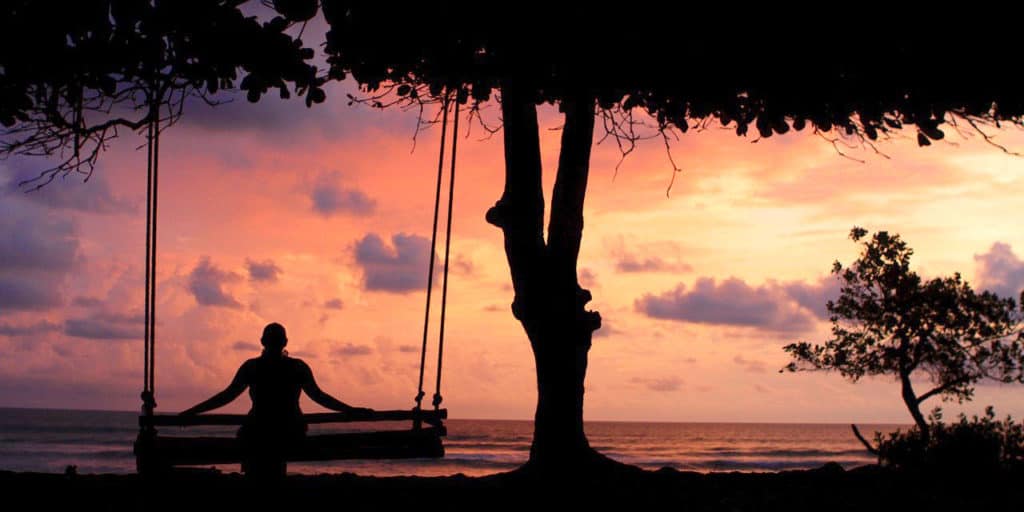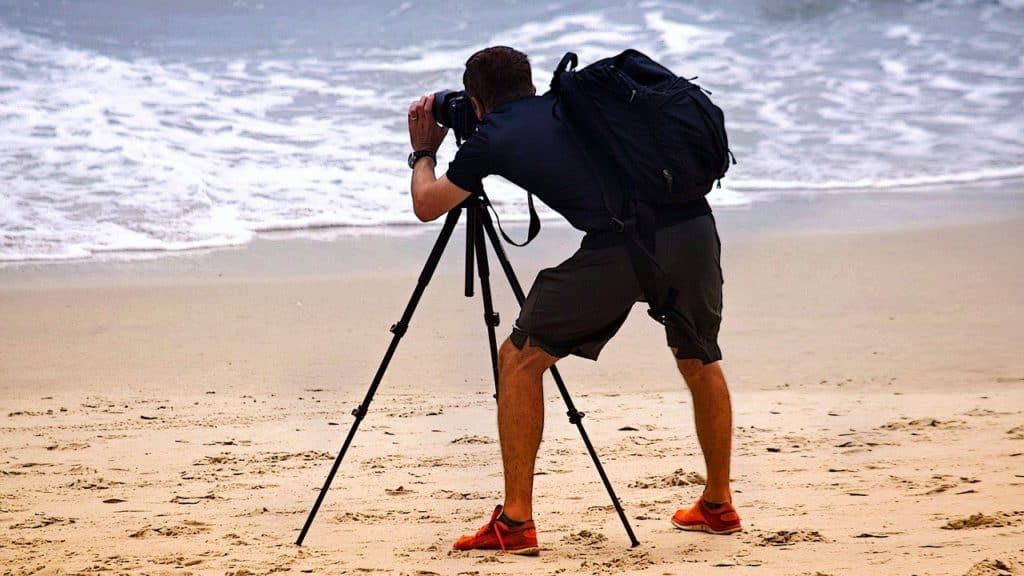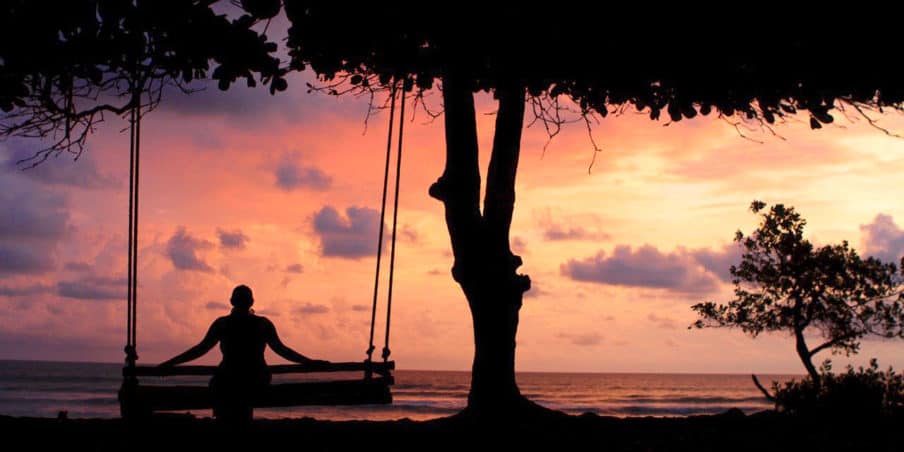
Costa Rica’s beaches are a photographer’s paradise, with golden sands, turquoise waves, and swaying palms. From Tamarindo’s surf to Punta Uva’s coral reefs, these shores are some of the world’s most photogenic. But shooting beaches has its challenges—sand, glare, and crowds can make things tricky.
As a photographer who loves Costa Rica’s coast, I’ve got practical tips to help you capture amazing shots, whether you’re a beginner or a pro. Let’s get your camera ready for the pura vida vibe.
Gear and Prep for Beach Photography
Beaches can be tough on camera gear, and Costa Rica’s sandy shores are no different. Sand and saltwater can damage equipment, so prep is everything. Use a weather-sealed camera or a protective cover, like a plastic bag with a lens hole, to guard against rain or splashes, especially during the green season (May–November). A lens hood cuts glare from sun bouncing off water and sand, keeping your shots crisp.
Bring a lightweight tripod for long exposures at sunrise or sunset, and pack a microfiber cloth to wipe off sand or mist. An extra strap or waterproof bag keeps gear secure, avoiding disasters like dropping your kit in the surf. On busy beaches like Jacó, keep valuables close to deter pickpockets, and never leave bags unattended, especially at spots like Playa Cocles.
Test your camera settings before you go. Get comfortable with shutter speed and aperture to avoid fumbling during prime shooting hours. If you’re near borders, like Guanacaste’s beaches close to Nicaragua, check rental shops in Liberia for backup gear. A lens brush and sealed bag are must-haves to keep sand out of your camera’s nooks, preventing that dreaded crunch when changing lenses.
Mastering Light and Composition
Costa Rica’s beaches are flooded with light, reflecting off sand, water, and shells, which can overexpose photos. Bracketing—taking multiple shots at different exposures—helps capture high-contrast scenes, like a Playa Flamingo sunset. Use exposure compensation (±1 or ±2 stops) to balance bright skies and darker foregrounds.
Spot metering focuses on your subject’s tone, like a surfer’s skin, preventing washout from surrounding glare. Set a fast shutter speed (1/250s or higher) for action shots, like waves at Playa Santa Teresa, or a slower speed (1/10s) with a tripod for silky water effects.
Keep the horizon level using your camera’s built-in level or gridlines. Avoid placing the horizon across faces or necks—it creates choppy lines. Instead, position it above or below for smoother compositions. Golden hour (early morning or late afternoon) is ideal, with softer light and longer shadows.
In Costa Rica, golden hour starts around 5 AM and lasts longer due to the tropical latitude, while blue hour ends by 6 PM. Plan shoots for these times to capture rich colors at beaches like Manuel Antonio or Playa Ventanas.
Crowds can clutter shots at popular spots like Tamarindo. Scout quieter beaches like Playa Avellana or Manzanillo’s Gandoca reserve for cleaner frames.
Get creative with angles—shoot low to emphasize waves or high to capture palm-lined shores. Drones, permitted with approval from Costa Rica’s Directorate General of Civil Aviation, offer stunning aerials of reefs and sandbars, especially at Punta Uva.
Overcoming Challenges and Enhancing Shots

Beach photography in Costa Rica comes with unique hurdles. Sand can sneak into lens mounts or buttons, so use a lens brush and keep gear in sealed bags when not shooting. Humidity, especially in the rainy season, fogs lenses—store cameras with silica gel packets to absorb moisture. Short showers from May to November leave vibrant colors and dramatic skies, perfect for moody shots at Playa Chiquita.
Crowds are toughest at midday on busy beaches like Playa Negra. Early mornings or weekdays offer emptier shores. Your article mentioned siesta, but Costa Ricans don’t typically follow it—midday heat (10 AM–2 PM) naturally clears crowds. If people are unavoidable, use a shallow depth of field (f/2.8–f/5.6) to blur backgrounds or frame shots with rocks or palms to hide distractions.
Filters boost your shots. A polarizing filter reduces glare and enhances color saturation, making waves pop at Playa Hermosa. A neutral density (ND) filter, like a 10-stop, allows long exposures for dreamy water effects. For wildlife, like monkeys or crabs at Playa Dominical, a telephoto lens (70–200mm) captures detail from a distance.
Try tide pools for reflections or climb coastal cliffs for sweeping views. Protect gear from theft with a locked backpack or local guide, especially in tourist-heavy areas like Puerto Viejo.
Table: Top Costa Rican Beaches for Photography
| Beach | Location | Best Feature | Best Time to Shoot |
|---|---|---|---|
| Playa Flamingo | Guanacaste | Pinkish sand, calm waves | Sunset, golden hour |
| Manuel Antonio | Puntarenas | Rainforest backdrop, wildlife | Early morning |
| Punta Uva | Limón | Coral reefs, clear water | Midday, drone shots |
| Playa Ventanas | Puntarenas | Sea caves, dramatic cliffs | Sunset, low tide |
| Gandoca-Manzanillo | Limón | Secluded, palm-lined shores | Early morning |
This table highlights prime beaches for photography with their unique features and ideal shooting times.
Final Thoughts
Photographing Costa Rica’s beaches is a thrilling challenge, blending stunning scenery with tricky conditions. Keep gear safe from sand and water, master light with filters and bracketing, and shoot during golden hour for that pura vida glow.
Whether capturing surfers at Playa Santa Teresa or reefs at Punta Uva, experiment with angles and stay patient. Hit quieter spots like Gandoca or shoot early to dodge crowds. With these tips, you’ll snag photos that capture Costa Rica’s coastal beauty. Grab your camera, head to the beach, and have fun shooting!

